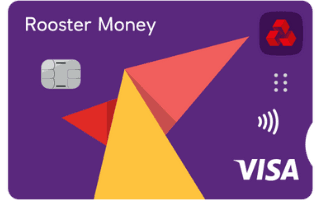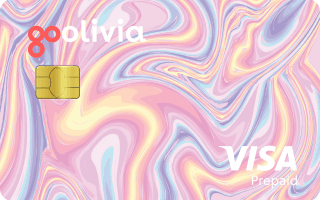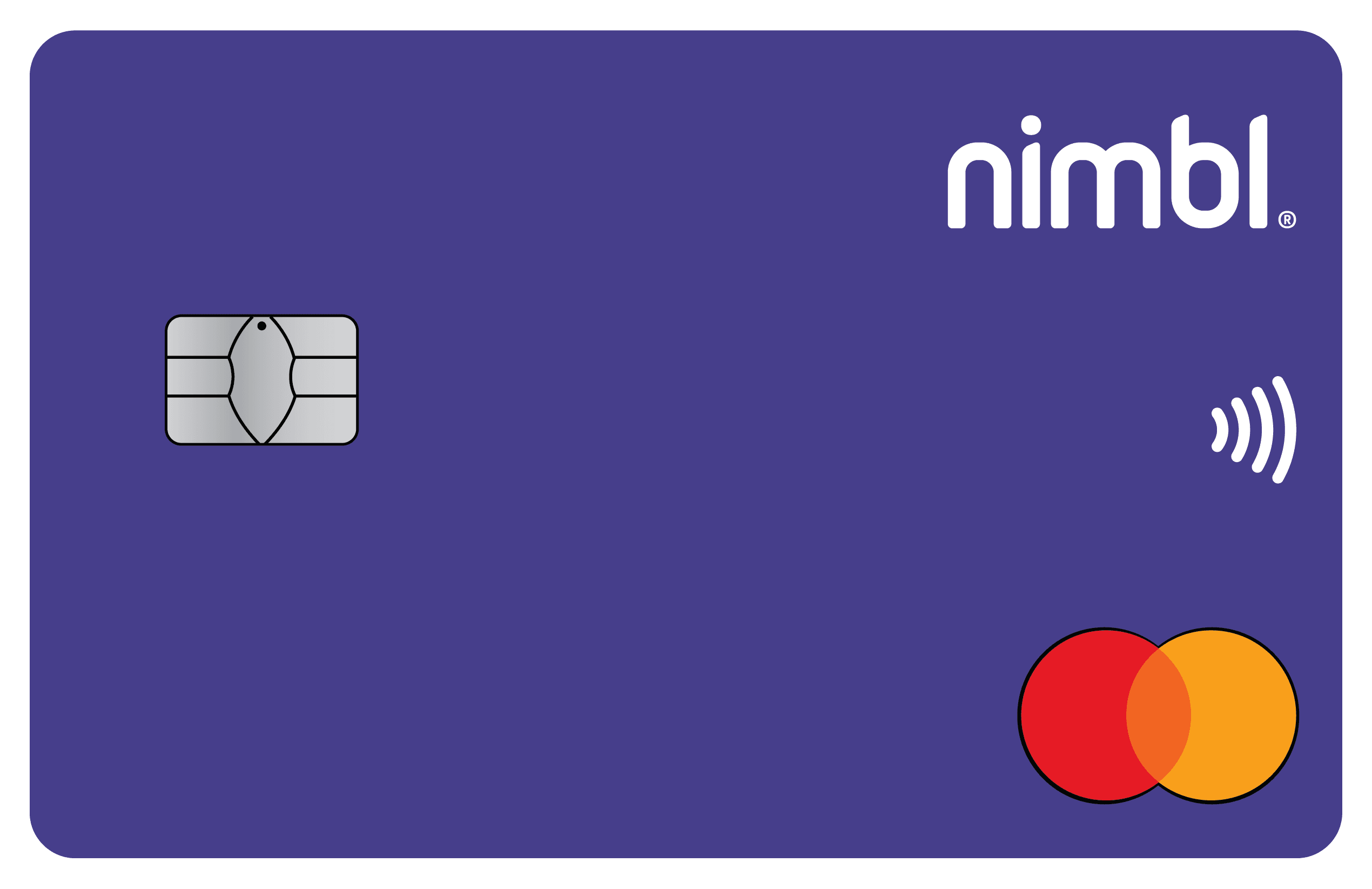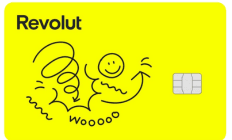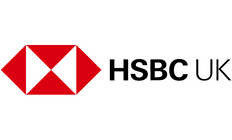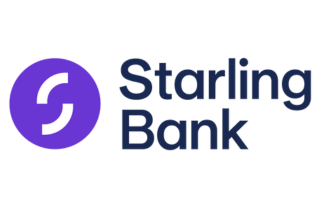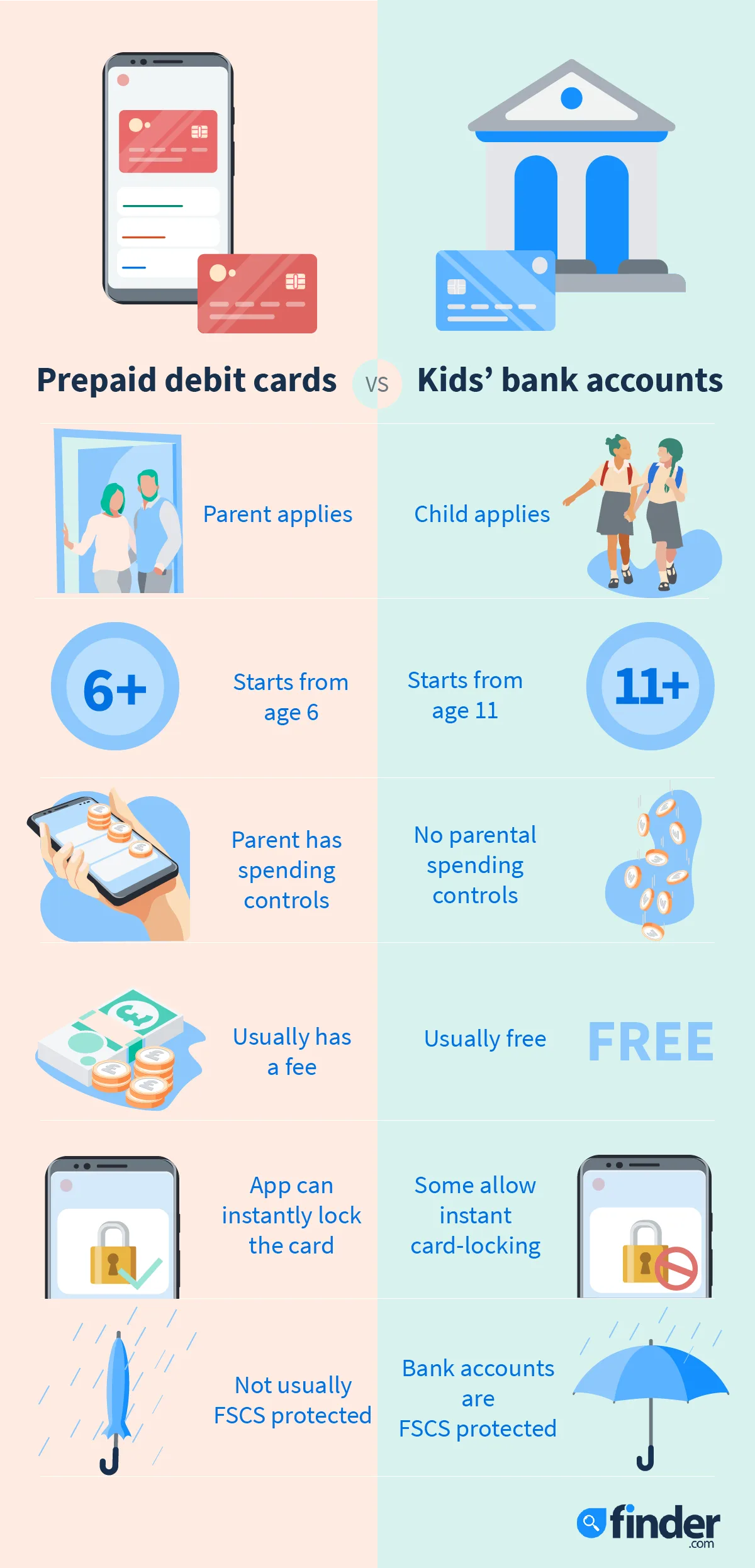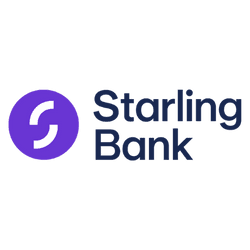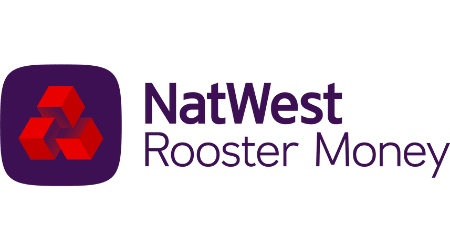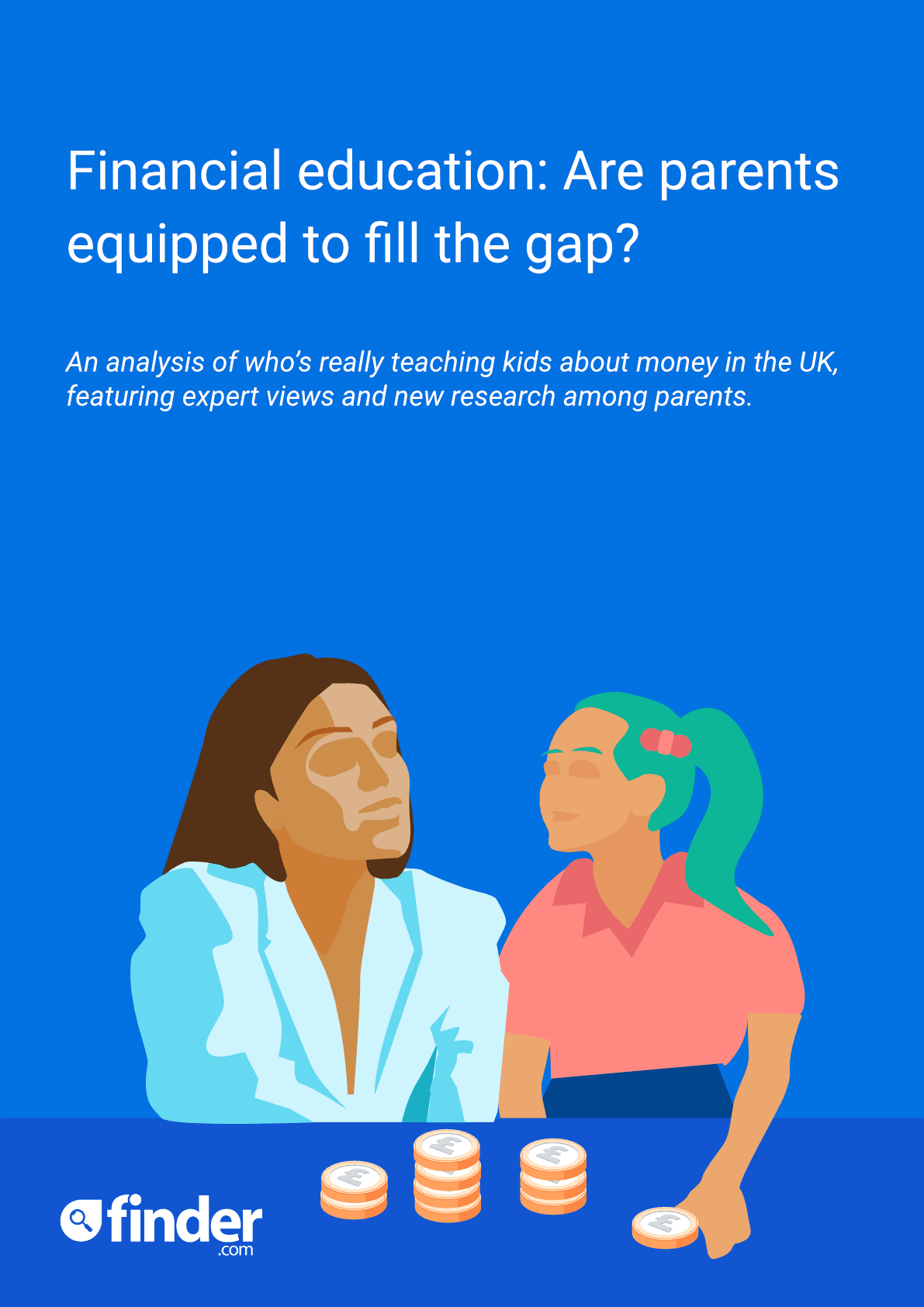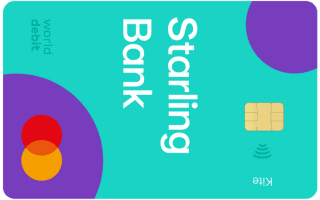
Starling Kite Account
9.7 Excellent| Monthly fee | £0 |
|---|---|
| Card delivery fee | £0 |
Our top scorer among prepaid cards. Starling Kite has no fees for overseas spending, zero. So you can rest easy when your child is spending their holiday money that they won’t get tripped up by foreign transaction fees on their card. Kite also has a daily limit for ATM withdrawals, which can be set by parents, and blocks on certain merchants such as nightclubs and bars. While not the only card with no fees for spending abroad, Starling Kite has its own kids app where they can track their spending and start budgeting. You’ll also be able to keep an eye on things from your own Starling app.
| Monthly fee | £0 |
|---|---|
| Card delivery fee | £0 |

